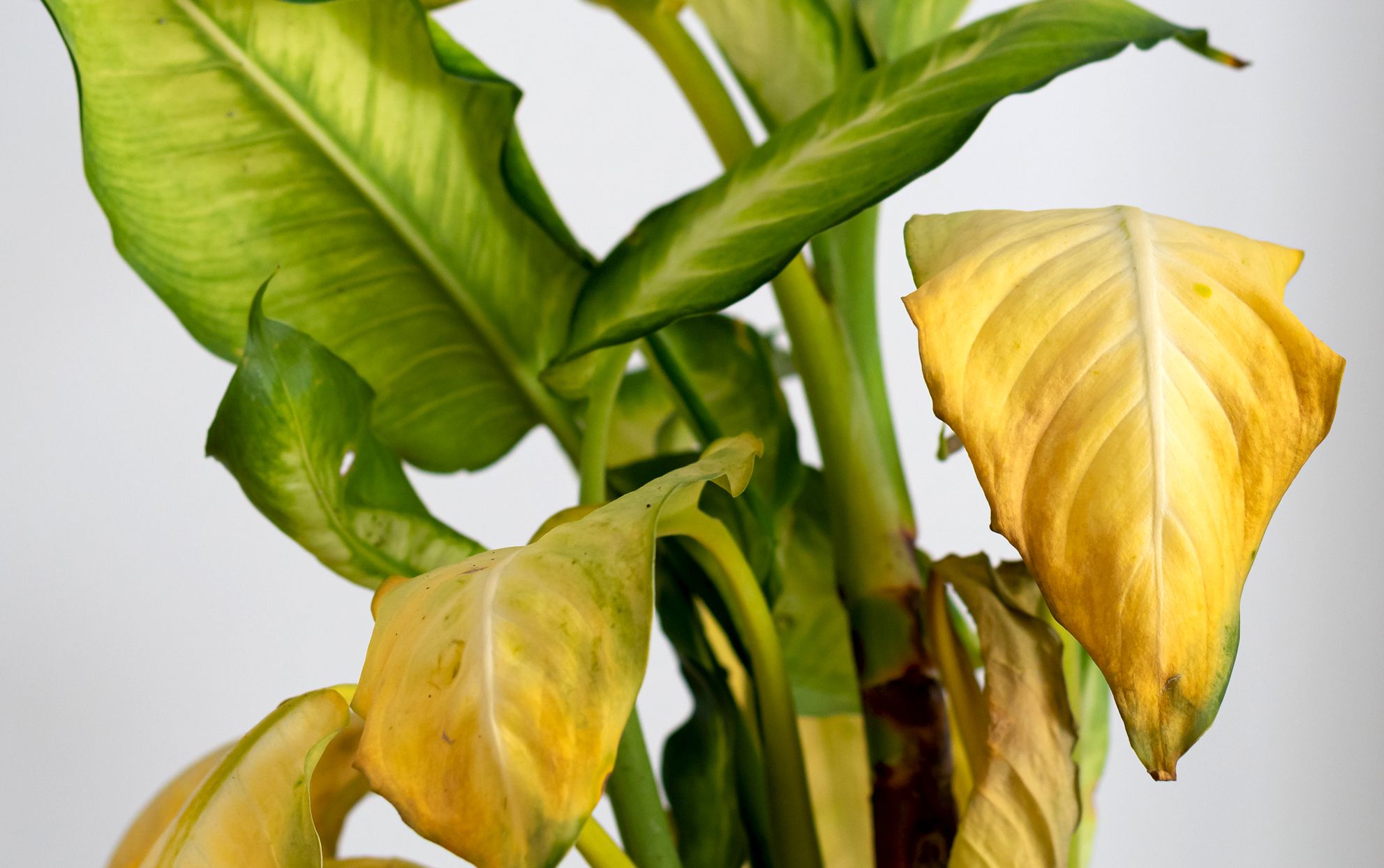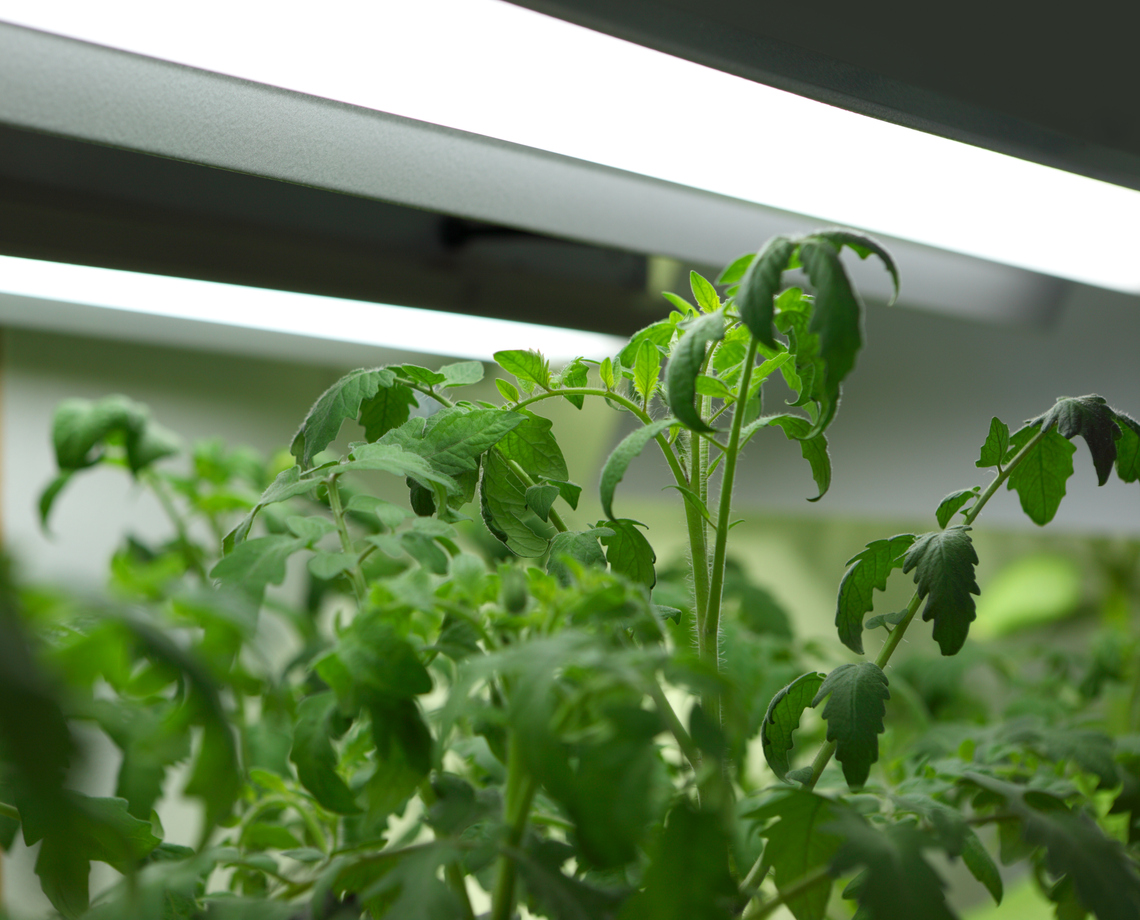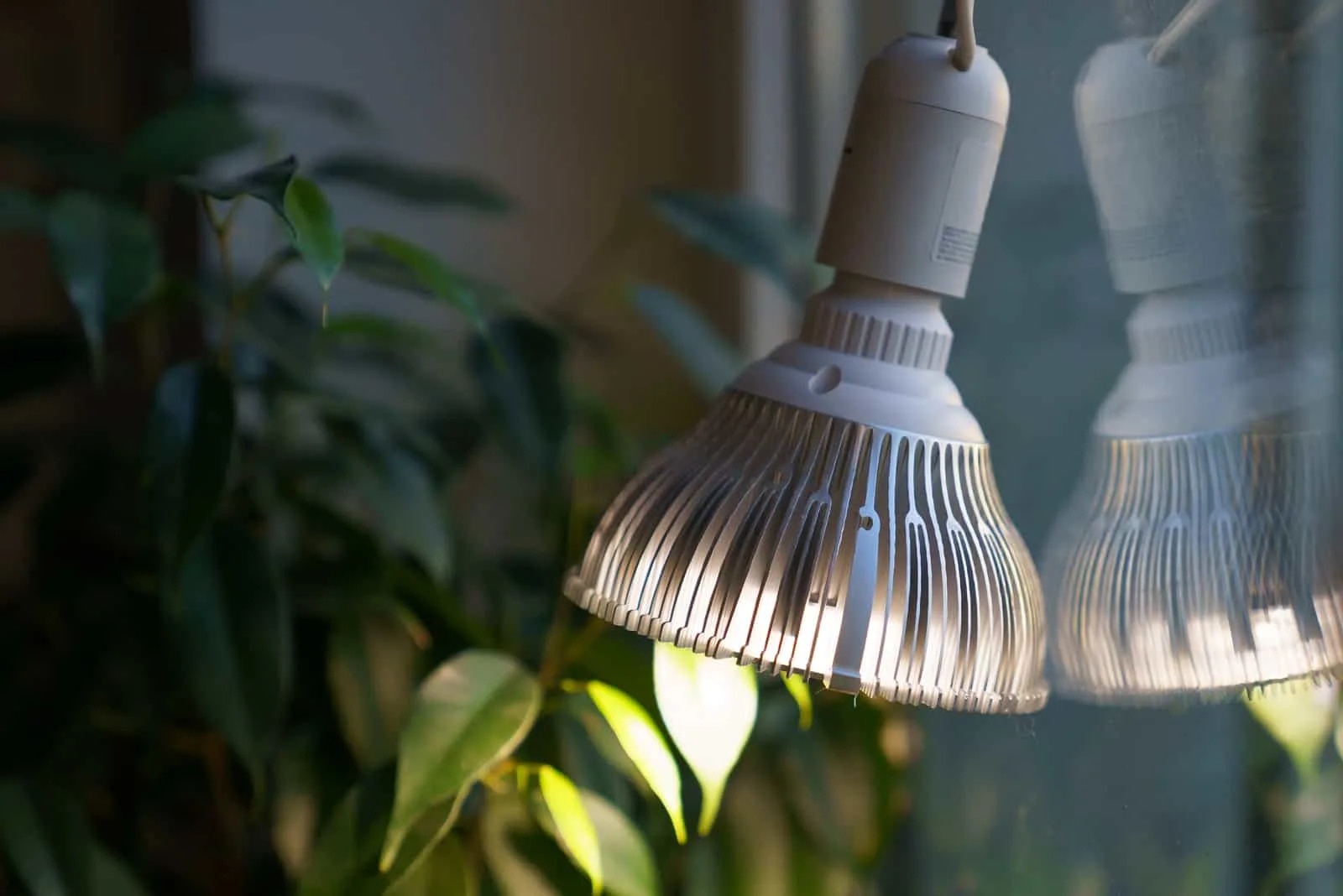Can Grow Lights Burn Plants?
Grow lights are an excellent way to help indoor plants thrive, but if not used correctly, they can cause damage to your plants. The artificial light emitted by grow lights can be intense and powerful, potentially causing plant burn and stunted growth. Thus, it is vital to understand the risks and take the necessary precautions before using grow lights on your plants.
One important step to take is to follow the manufacturer's instructions carefully. Grow lights come in different types, and each has its specific setup and usage instructions. It is essential to familiarize yourself with your grow light's features, including its coverage area and recommended hanging distance. Failing to follow the manufacturer's instructions can result in under or overexposure of light, which can adversely affect your plants.
Can the Radiant Heat Emitted by Grow Lights Cause Damage to Plants?
Grow lights are a popular artificial light source for indoor growing. However, they not only provide light but also produce radiant heat. The question arises, can the radiant heat emitted by grow lights cause damage to plants? The answer is yes, it can.
Different types of grow lights, such as incandescent bulbs or high-intensity discharge (HID) lamps emit heat to varying degrees. Incandescent bulbs produce a lot of radiant heat and can cause damage to plants if the heat is not properly managed. On the other hand, fluorescent bulbs produce significantly less heat compared to incandescent bulbs.
Heat production is also impacted by the distance between the grow light and the plant. For instance, if the light source is too close to the plant, the entire plant may experience damage due to excessive heat. This is because the plant cannot dissipate the heat quickly enough when the light source is too close. Therefore, it is important to keep the grow light at a proper distance that provides the right amount of heat and light for plant growth.
Excessive heat can cause damage to the plant in various ways. One of the most common symptoms of plant damage caused by excessive heat is burnt leaves. If the plant is receiving too much radiant heat, the leaves may turn yellow or brown at the edges and eventually fall off. In extreme cases, the plant may die.
Warning Signs That a Plant May be Receiving Too Much or Too Little Light
Some of the most common warning signs of improper lighting include yellow leaves, wilting or discoloration in leaves, overly fast or slow growth rate, and brown spots on the leaves. If you notice any of these signs, it's time to reassess your plant's light source and make any necessary adjustments to ensure healthy, vigorous growth. Keep reading to find out more about these warning signs and how to address them.
Yellow Leaves, Wilting or Discoloration in Leaves
Yellow leaves, wilting or discoloration of the leaves are all warning signs that your plants might not be receiving the right amount of light. These signs indicate that the light intensity or distance between the grow lights and plants needs to be adjusted.
Yellowing leaves indicate that the plant is receiving too little light, while wilting can be a sign of both too much or too little light. Discoloration of the leaves can also occur due to excessive light exposure, which can cause the leaves to become dried out, discolored and crispy.
Brown Spots on the Leaves
If you notice brown spots on the leaves of your indoor plants, it's likely that they are experiencing too much light exposure. This problem can easily be addressed by taking some simple steps.
The first step would be to adjust the correct distance between your LED grow lights and your plants to reduce the amount of light they receive. You can also move your plant to a more shaded area or use protective covers to shield them from direct light.
After making the necessary adjustments, it's important to remove the affected leaves immediately to prevent further damage. This will also ensure that the plant can focus its energy on healthy leaves and new growth.
Overly Fast or Slow Growth Rate
Growing plants under grow lights is an excellent way to provide them with optimal lighting conditions and control their environment. It's easy to adjust the hours of light and intensity to ensure healthy growth, but changes in the growth rate may indicate other issues that need to be addressed.
If your plants are experiencing slow growth, it could be due to a variety of factors, such as overwatering, low-quality soil, lack of nutrients, or too little light. Overwatering can lead to root rot and hinder the plant's ability to absorb nutrients, while poor soil quality can limit the plant's access to necessary nutrients. Too little light can also impede photosynthesis and slow down plant growth.
On the other hand, overly fast growth can also be a sign of underlying problems. If the light is too intense, plants can grow too quickly and become unhealthy. Overwatering, as mentioned earlier, can also cause plants to grow too fast, as can a lack of pruning, which can result in uncontrolled growth.
To address overly fast or slow growth rates, start by identifying the underlying cause. Reduce watering if you suspect overwatering is an issue, and make sure your plant is in a well-draining soil mix. Check the light intensity and adjust it accordingly. If the light is too little, try adding additional lights or increasing the duration of light exposure. In contrast, if the light is too much, decrease the distance between the plant and the grow light.
Intensity and Hours of Light Needed for Different Types of Plants
Indoor farming has made it possible for people to grow a wide range of plants year-round regardless of the outdoor weather conditions. To ensure optimal growth, it's essential to understand the specific light requirements of the plants being cultivated, including the intensity and hours of light needed. Various plant species have different lighting needs, and striking a balance between intensity and hours of light is crucial for healthy growth.
Wide Range of Light Intensities Required for Different Plant Varieties
Different plant species have distinct requirements when it comes to light intensities, making it essential to understand their needs when gardening indoors. Some plants, such as cacti and succulents, thrive with lower light intensities and require as little as 10 hours of light per day. In contrast, others, such as tomatoes, require around 16 hours of light to grow well.
It's not just about the total number of hours of light, though. The intensity of light also plays a crucial role in plant development. For example, seedlings need more intense light than mature plants when grown indoors. Similarly, flowering plants typically require higher light intensities than foliage plants to achieve healthy blossoms.
It's important to consider the varying light requirements of different plant varieties when choosing grow lights, as well as the stages of growth. Using one set intensity of light throughout the plant's entire life cycle may not yield the best results. Therefore, you may need to adjust your light source as the plant grows to ensure it receives the best light intensity crucial for successful growth.
Balance Between Hours of Light and Intensity for Healthy Plant Growth
Are you an indoor gardener wondering how to balance the hours of light and intensity for healthy plant growth? Understanding the concept of daily light integral (DLI) is essential to address this question. DLI is the amount of light a plant receives in a day and varies among different type of plant. Therefore, it's necessary to consider the specific light needs of your plant to determine the optimal amount of time to provide light and the intensity needed to promote growth.
Indoor plants typically require between 8-10 hours of light per day, followed by a period of darkness to allow your plant to rest. Be careful not to leave grow lights on for 24 hours straight, as this can damage or even kill your plant. Ideally, you should aim to provide around 12-16 hours of combined light and darkness daily, as this allows the plant to rest and absorb nutrients during the dark period.
How To Choose The Best Light For Your Plant
When it comes to indoor gardening, choosing the right grow light is crucial to ensure healthy and robust plant growth. Various factors should be considered when selecting a suitable light source for your plants, including the color spectrum, heat dissipation, and lit surface.
Think Of The Color Spectrum
When it comes to growing plants with grow lights, the color spectrum of light is a crucial factor to consider. The spectrum of light refers to the range of colors produced by a light source, and each color of light affects plant growth differently. Understanding the color spectrum of grow lights is important in ensuring the health and productivity of your plants.
Two colors of light, red and blue, have been found to be the most beneficial for plant growth under grow lights. Red light is primarily responsible for stimulating plant growth and flowering, while blue light is essential for promoting vegetative growth and healthy foliage. Therefore, the best types of light for plant growth and development should have a good balance of both red and blue spectrums.
Consider Heat Dissipation
When it comes to grow lights, considering heat dissipation is crucial for the health of your plants. Too much heat can harm your plants in multiple ways, including stunting their growth, yellowing their leaves, and even killing them. This is why it is important to understand the ideal temperature range for a grow room, which is between 68°F and 77°F.
Many factors affect heat dissipation, including the type of light you choose and the placement of your plants. Different types of lights emit different amounts of heat output, with some being much hotter than others. For example, incandescent light bulbs emit a lot of heat while LED lights produce very little. Therefore, it's important to choose a light source that produces enough light for your plants without generating too much heat.
Don't Forget About The Lit Surface
When it comes to selecting a grow light for your indoor plants, it's crucial to consider the number of plants you want to light up. While larger lamps are available in the market, they may not be necessary for a single plant. In such cases, clip-on fixtures may suffice for small plants.
However, for larger plants, it's essential to explore the range of grow light sizes available in the market. Instead of investing in a single, big lamp, consider using multiple smaller lights to cover a wider area. This approach not only ensures that all the plants are effectively lit, but it also allows you to direct the light to specific areas of your plants.
Benefits of Using Grow Lights
Growing indoor plants can be a challenge, especially when natural light is scarce. Luckily, with the use of grow lights, it’s possible to simulate sunlight and achieve optimal plant growth. By providing the right spectrum and intensity of light, grow lights allow plants to photosynthesize and thrive even in areas with limited access to natural light.
Furthermore, using grow lights can even increase the yield of certain plants, such as herbs or vegetables. It allows for year-round gardening and enables gardeners to grow crops even in the colder months. Indoor gardening with grow lights can be particularly advantageous for those who live in apartments or urban areas without access to outdoor gardens.












